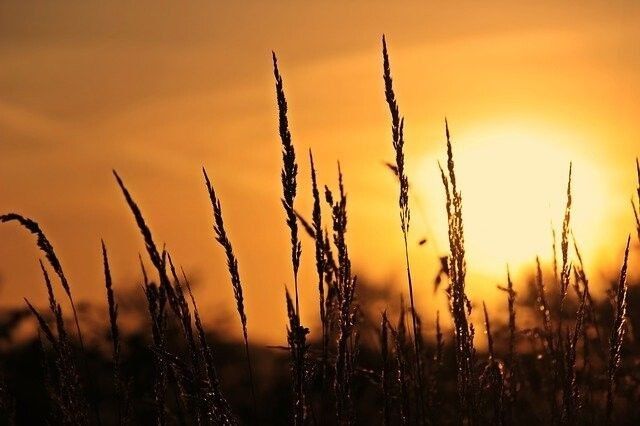Ryegrass Staggers

Ryegrass staggers outbreaks can occur from late November until the end of April, with the worst cases usually seen in late January to early February. The incidence of staggers is generally quite variable across farms.
Ryegrass staggers is caused by a fungal endophyte. The endophyte is found in some perennial ryegrasses, which use the chemicals to protect themselves from attack by insects, beetles and argentine stem weevil. The particular endophyte that causes ryegrass staggers is called Lolitrem B. One of the features of the endophyte is that it concentrates in the seed heads and around the base of the plant.
Symptoms of staggers are usually seen in stock grazing pastures that either have a high seed head component (e.g. not been topped) or they have been grazed too aggressively. Symptoms start with tremors in the neck and head, then stock experience heavy tremors and have stiff legs. Seriously affected animals often fall over when disturbed. Calves appear to be more susceptible to ryegrass staggers than older stock.
Prevention
Pasture management that increases the leaf content of ryegrass and reduces intake of seedhead and plant parts near ground level will reduce the chance of ryegrass staggers. This includes:
- Leaving higher post-grazing residuals
- Pasture topping or mowing of seedheads
- Using crops such as turnips during the summer to reduce pasture intakes
- Sowing endophyte-free/low-endophyte/novel-endophyte ryegrass pastures
- Using chicory for calves
Management
There is no miracle cure for stock affected by staggers. Those stock that are seriously affected should be:
- Separated from the herd and milked once a day.
- Fed a supplement such as PKE or grass/maize silage to help reduce the intake of endophytes in the pasture.
- Keep affected stock away from paddocks with hazards in them such as ponds, ditches and bluffs.
As calves are usually more severely affected, consider a 100% supplement diet or grazing chicory supplemented with baleage/hay to ensure NDF component. Depending on calf weight, 4 kg dry matter per head will be required, some of which may need to be a high quality feed such as meal or PKE.
While there are no scientifically proven products for relieving ryegrass staggers, some people report improvements when using a yeast based product designed to absorb the myco-toxins from the gut. Other farmers report magnesium supplementation as being beneficial. An injection of vitamin B1 may also help alleviate symptoms in severely affected animals. If you have problems on your farm these products might be helpful for you. Feel free to give us a call to discuss their use if you are having problems this season.